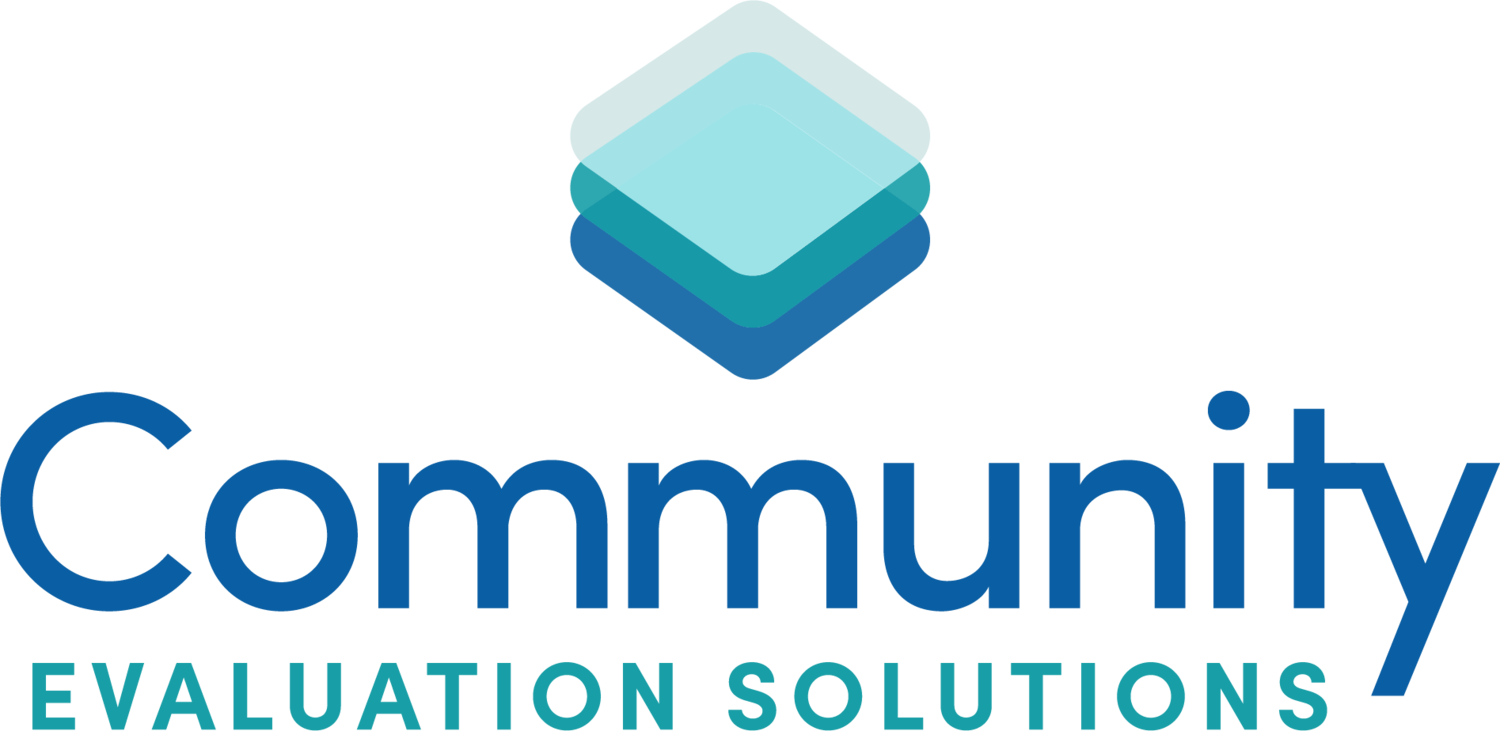Agileness in the Face of Uncertainty: Why You Should Consider a 3-Year Strategic Plan
Friend, you know I love to cook. The garden is starting to take off, and we are up to our eyeballs in squash and green beans. By the end of July, the peppers will hit their peak. Twice this week, we’ve had veggies for dinner. Eating what’s in season is so good for you!
Honestly, this is the first time nasty vine borers haven’t destroyed my squash vines before any squash grew! To think I was on the verge of giving up this year. As always, the dreaded tomato blight appeared, but I am hopeful I might still get a decent crop of tomatoes before it kills the plants.
Gardening, like running a nonprofit or community coalition, is all about being agile, that is, adapting and responding to change.
As I write this in my office, the U.S. Senate is voting on the President’s proposed budget. It is a challenging time for many of us who work and serve in the public health and social sectors. Likely, many nonprofits won’t make it through this season. My fellow evaluation colleagues, like my own company, are in for rough waters ahead. Not to mention the real-world effect on our neighbors.
My friend Susan reminded me that this is a season, not a state we will be in forever. It may not feel like it, but we won’t always be where we are right now. All of us must duck, weave, bob, pivot, and tap dance as we go through this season.
That is why, at CES, we have begun suggesting our clients develop 3-year strategic plans, rather than the traditional five-year plan.
Why? Here are five reasons.
1. With a Congress that turns over every two years and a White House that could change every four, federal budgets are too uncertain. Many programs saw clawbacks this past spring of their congressionally approved funds. State budgets rely heavily on federal funds. Of course, foundations, individuals, and bequests also provide financial support, with nearly $ 600 billion going to US charities in 2024. Foundations are under increased pressure to go beyond their minimum endowment cap of 5%. It is hard to know what funds you can count on.
2. If you're like many of the nonprofits we support, your budget may resemble a hodgepodge of funds with no clear connection to your mission. It’s past time to get laser-focused on your work. I know that seems scary. But did you really like that canned veggie mix from a can your Mom fed you growing up? I didn’t think so. Be choosy in your mission and how you support it!
3. Dollars are tighter, and competition is fiercer. You need to motivate your donor community to become your biggest fans, advocates, and supporters.
4. COVID-19. Who saw that coming? Are you ready for the next pandemic or natural disaster? You need to anticipate the unanticipated.
5. If your current strategic plan is more of a list of boring outcomes rather than actionable and inspiring strategic moves, you need a new plan. Are you playing chess or checkers? Hint: The answer should be chess.
We have a few new resources we have created just for you to help you think more strategically.
Develop a Vision that truly inspires with our Non-profit Vision Statement Template.
Create a Mission statement that motivates your team with our Non-profit Mission Statement Template.
Not sure if you have all your resources aligned? Check out our new Nonprofit Ecosystem Assessment Template.
Need some inspiration? Check out two recent podcasts: April 2nd Episode 72: Philanthropy's Moment of Truth and Opportunity: Meet Dr. Nina Sabbre and May 14 Episode 75: Nonprofit Leadership with Brooke-Richie Babbage: Building Resilient Organizations in Challenging Times.
Want to learn more about our approach to strategic planning using the Technology of Participation Method? Let’s Talk!
Take care,
Ann

